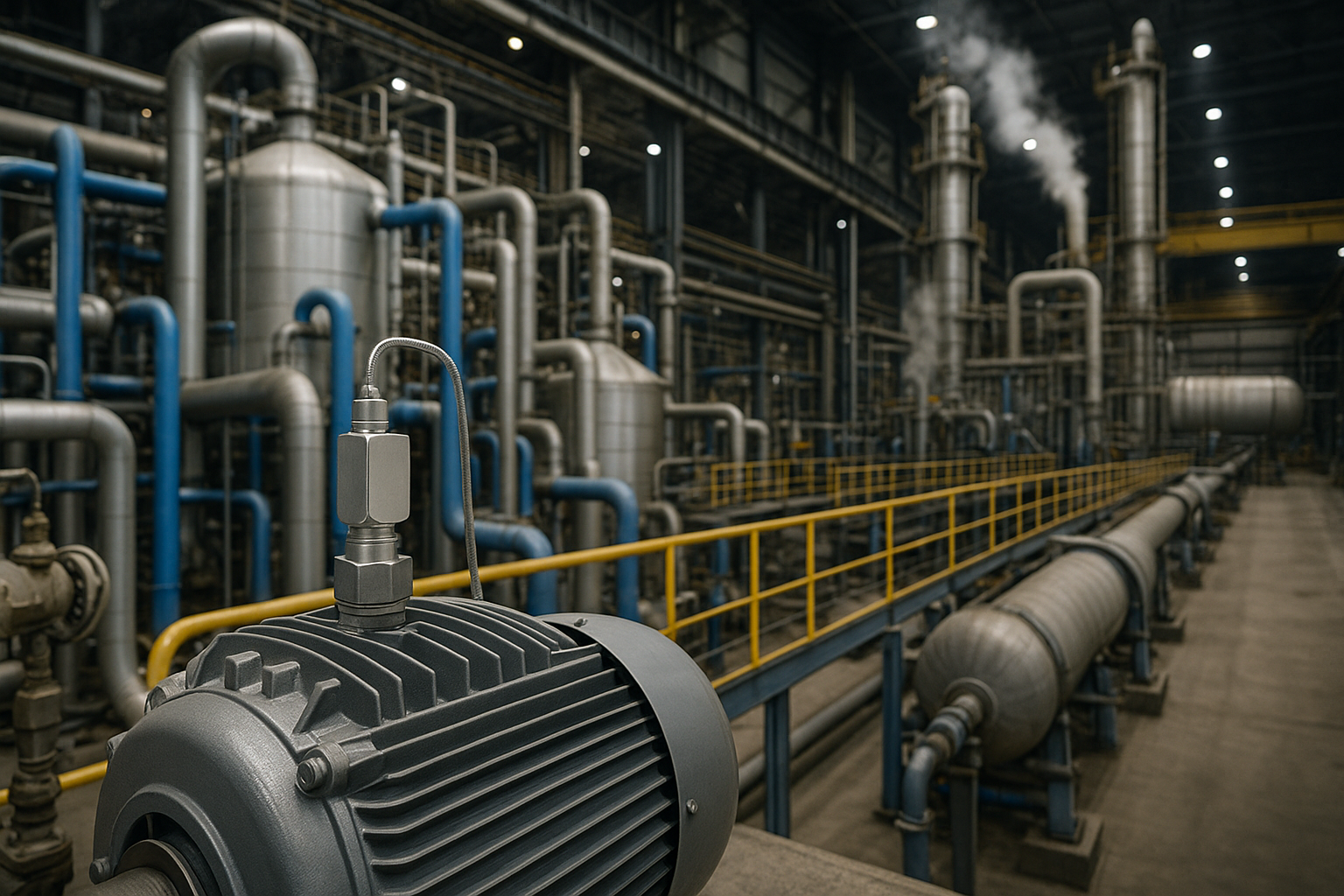Enhancing Operational Safety and Efficiency in Nuclear Power Plants with Acoustic Monitoring
Nuclear power plants are among the cornerstones of today’s energy infrastructure, delivering substantial electricity output with minimal greenhouse gas emissions. But alongside these benefits come significant responsibilities. The complexity of operations, combined with the potential consequences of failure, makes safety and reliability critical.
Modern monitoring systems are becoming key to maintaining this balance—ensuring operational integrity, reducing exposure to risk, and protecting both people and the environment.
The Case for Modernisation in Nuclear Facilities
In a nuclear power plant, even minor mechanical anomalies—be it a small leak, a hairline fracture, or a faltering component—can escalate quickly. Traditionally, these issues are caught through manual inspections. But that could mean sending personnel into high-radiation zones, where their safety is at stake.
Steam leaks, in particular, are a serious concern. If undetected, they can compromise the safety envelope around critical systems, interrupt operations, or in the worst-case scenario, trigger cascading failures.
Here, new technologies offer a clear path forward. Remote monitoring and automated detection not only reduce the need for human exposure but also shift the focus from reactive to predictive maintenance. That means issues are addressed before they become problems—quietly and efficiently in the background.
Listening to the Plant with Acoustic Monitoring
Machinery doesn’t fail silently. Every pump, valve, or turbine emits a unique acoustic signature—and changes in these sounds often reveal the first signs of trouble. That’s where Squarehead’s acoustic monitoring systems come in.
Our microphone arrays, combined with digital beamforming, allow operators to "listen in" on plant conditions without ever entering restricted zones. The system isolates relevant sound signatures in real time, identifying deviations that may signal leaks, wear, or other emerging faults.
Key Applications in Nuclear Environments
Leak Detection: Subtle changes in sound can reveal steam or gas leaks long before other sensors pick them up. Our system can help localise the source quickly—minimising risk and response time.
Condition Monitoring: Continuous acoustic surveillance keeps tabs on the health of rotating machinery and pressure systems. Early detection of wear or imbalance translates into higher uptime and longer service life.
Remote Inspection: By reducing the need for physical presence in high-radiation areas, acoustic monitoring supports safer workflows and improved compliance with nuclear safety protocols.
What This Makes Possible
Stronger Safety Margins: Detecting anomalies early helps prevent larger failures. It’s a critical layer of defense for personnel, infrastructure, and surrounding ecosystems.
Improved Operational Efficiency: Maintenance becomes strategic rather than reactive. Less downtime, fewer surprises, and better use of resources.
Support for Regulatory Compliance: Nuclear operations are governed by some of the world’s strictest standards. Acoustic monitoring fits seamlessly into this landscape, supporting transparency and traceability.
NUCLEAR POWER PLANTS
Why it matters
Squarehead’s acoustic monitoring technology brings a new level of insight to nuclear operations. By making critical sound data visible and actionable, we enable operators to maintain safety margins without compromising efficiency.
In an industry where risk must be managed with absolute precision, being able to hear what the machinery is telling you isn’t just useful—it’s essential.
INTERESTED TO SEE HOW WE CAN IMPROVE YOUR ACOUSTIC SITUATIONAL AWARENESS?
CONTACT OUR INDUSTRIAL TEAM FOR MORE INFORMATION.


